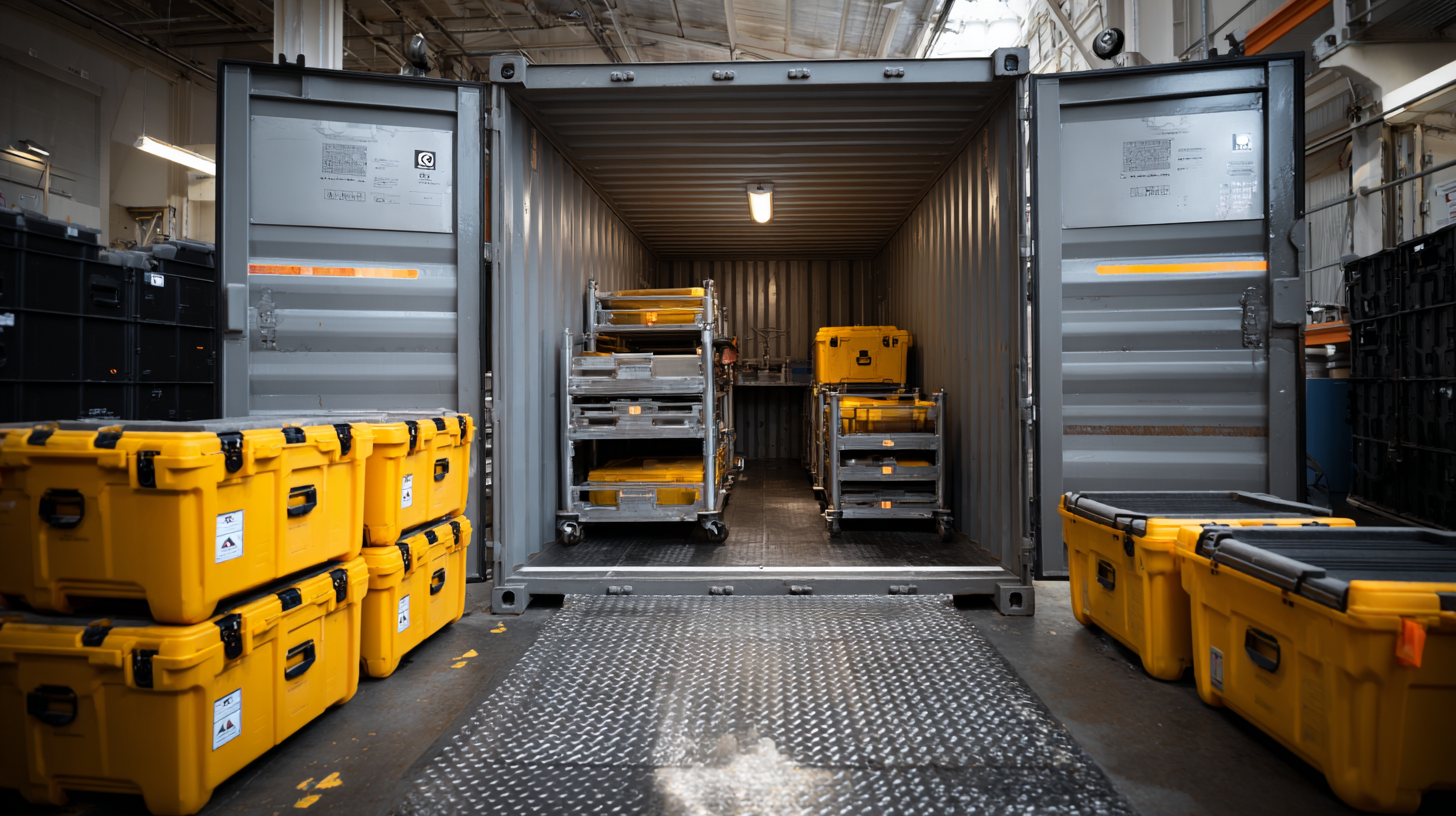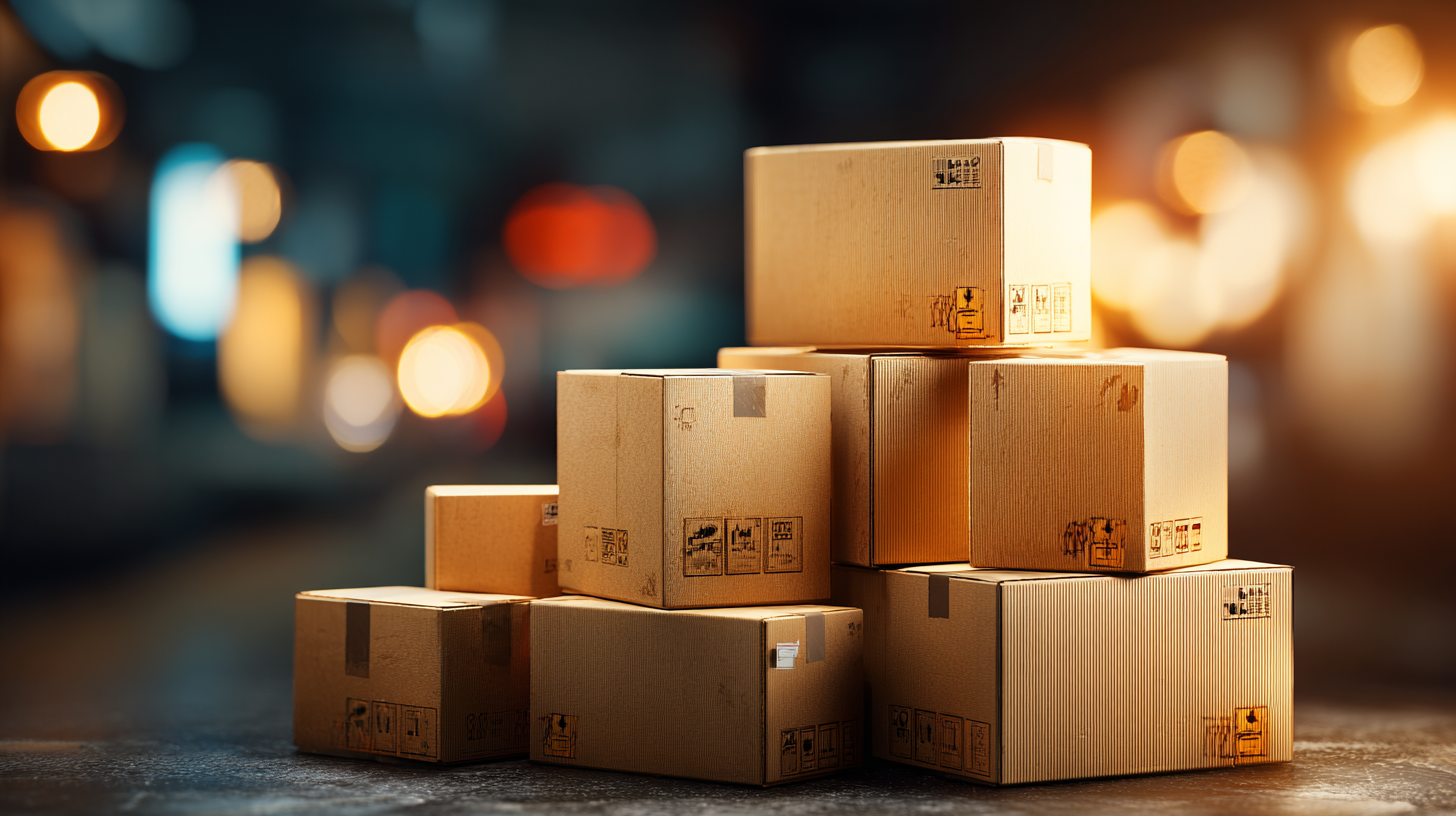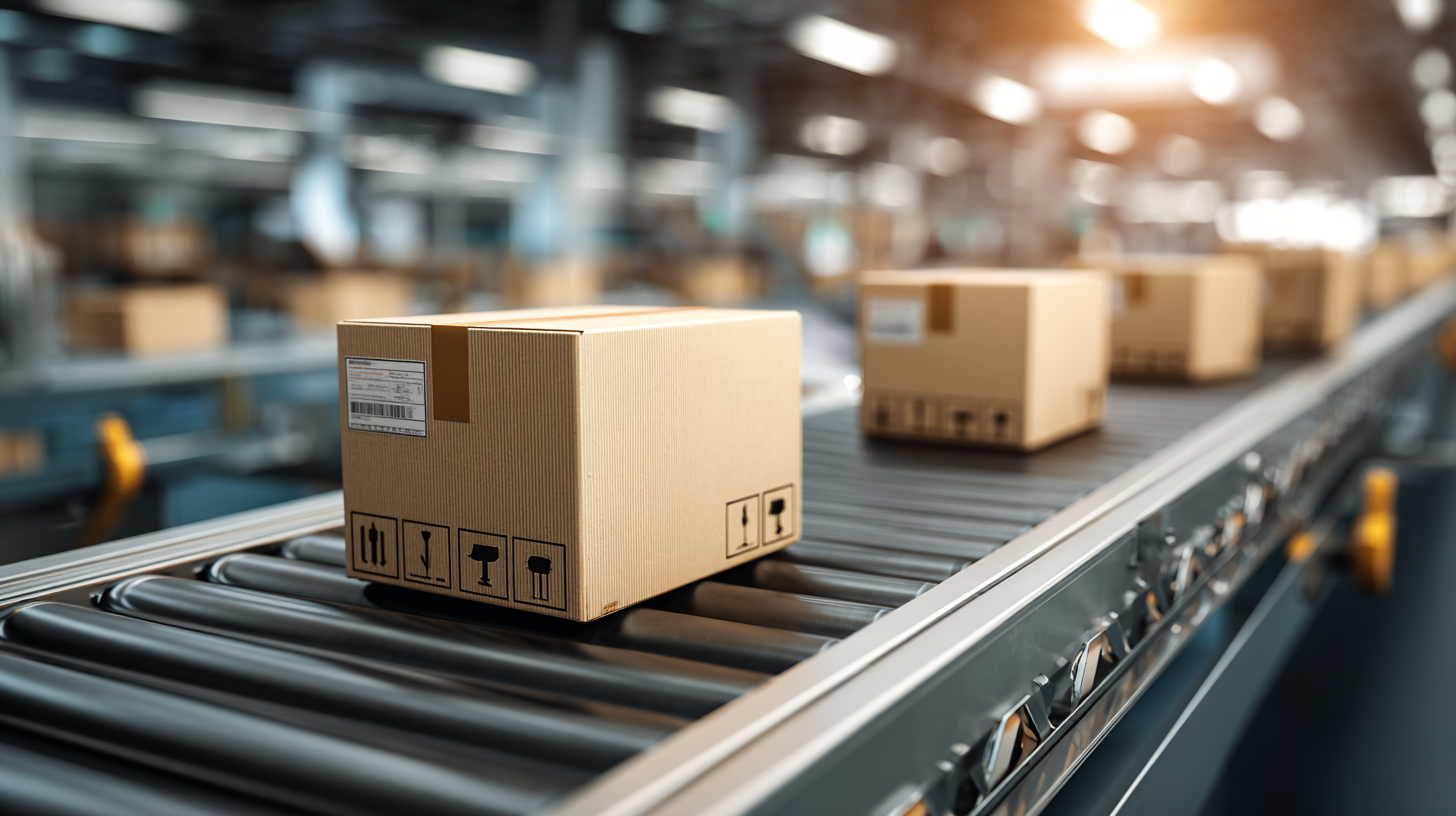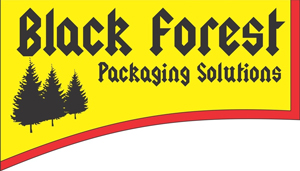2025 Trends in Technology and How to Choose the Best Equipment Packaging Solutions
As we advance towards 2025, the landscape of technology continues to evolve dramatically, especially in the realm of equipment packaging. According to a recent report by Smithers Pira, the global packaging market is projected to reach a value of $1 trillion by 2024, with substantial growth driven by innovations in machinery and automation. This transformative period emphasizes the need for manufacturers to adopt advanced equipment packaging solutions that not only enhance efficiency but also ensure product integrity.

Coupled with the "Made in China" label, which has gained international recognition for quality, the demand for superior packaging equipment is expected to rise. As businesses look to optimize their supply chains and reduce waste, understanding the latest trends in technology will be crucial for selecting the best equipment packaging solutions that align with both market demands and quality assurance goals.
Emerging Technologies Shaping Equipment Packaging Solutions in 2025
As we look ahead to 2025, the landscape of equipment packaging is being significantly reshaped by emerging technologies. Key innovations such as artificial intelligence (AI), the Internet of Things (IoT), blockchain, and robotics are driving the evolution of what is now referred to as Packaging 4.0.
 AI algorithms are optimizing packaging designs and enhancing supply chain efficiencies, allowing companies to predict demand and reduce waste. Meanwhile, IoT sensors provide real-time tracking and monitoring, ensuring products are handled and transported safely, which is essential for maintaining sustainability.
AI algorithms are optimizing packaging designs and enhancing supply chain efficiencies, allowing companies to predict demand and reduce waste. Meanwhile, IoT sensors provide real-time tracking and monitoring, ensuring products are handled and transported safely, which is essential for maintaining sustainability.
Furthermore, blockchain technology is revolutionizing transparency in the supply chain, allowing for secure and traceable transactions, thus building trust between manufacturers and consumers. Robotics, on the other hand, streamline the packaging process, enhancing speed and accuracy while reducing labor costs. As these technologies integrate into the packaging ecosystem, businesses are not only improving operational efficiency but also committing to more sustainable practices. This shift toward smart packaging solutions is crucial for meeting the demands of an increasingly eco-conscious market in 2025 and beyond.
The Role of Artificial Intelligence in Enhancing Packaging Efficiency
The integration of artificial intelligence (AI) in packaging solutions is revolutionizing the industry, with a significant emphasis on enhancing efficiency. According to a report by PWC, 72% of business leaders believe that AI will be a key differentiator in the packaging sector by 2025. AI technologies are being employed to optimize packaging processes, from design to production and logistics. These innovations help companies reduce waste and improve sustainability while ensuring faster turnaround times.
Moreover, the application of AI in predictive analytics is transforming inventory management. Research from McKinsey indicates that businesses utilizing AI-driven insights in their supply chain operations can reduce logistics costs by up to 15%. This is particularly relevant in packaging, where accurate demand forecasting helps in determining the right materials and quantities, thereby minimizing excess packaging and storage costs. As companies embrace these intelligent systems, the potential for improved safety, reduction of downtime, and increased ROI will prove crucial in staying competitive in a rapidly evolving market.
2025 Trends in Technology: The Role of Artificial Intelligence in Packaging Efficiency
This chart illustrates the expected efficiency improvements from various technological solutions in packaging by 2025, highlighting the significant impact of AI and automation in the industry.
Sustainability Trends: Eco-friendly Materials and Their Impact on Packaging Choices
The growing emphasis on sustainability in packaging is driving significant shifts within the industry. According to a report by Smithers Pira, the global market for sustainable packaging is projected to reach $1 trillion by 2024, as consumers increasingly prioritize eco-friendly materials. The use of biodegradable plastics, recycled content, and plant-based materials is not just a trend but a necessity for brands aiming to align with environmental goals. With 60% of consumers indicating that they prefer brands with sustainable practices, businesses are compelled to adopt these eco-friendly solutions to maintain their market relevance.
Furthermore, the impact of eco-friendly materials extends beyond consumer choice; it influences the entire supply chain. A study by the Ellen MacArthur Foundation highlights that transitioning to circular packaging systems could lead to cost savings of up to $600 billion annually, by reducing waste and fostering more efficient resource use. Companies exploring options like compostable packaging and recyclable substrates not only minimize their carbon footprint but also enhance their brand image as environmental stewards. As we approach 2025, integrating sustainable practices into equipment and packaging solutions will increasingly define industry leaders, making it critical for businesses to reconsider their packaging choices in light of these environmental trends.
Data-Driven Decision Making: Analyzing Consumer Preferences for Optimal Equipment Packaging
In 2025, the significance of data-driven decision making in equipment packaging will be paramount as consumer preferences continue to evolve. According to a recent report by Technavio, the global packaging market is expected to grow by $400 billion by 2025, with a substantial portion attributed to innovations in sustainable and smart packaging solutions. This growth highlights the necessity for companies to utilize analytics in understanding consumer behavior and preferences, enabling them to tailor their packaging strategies effectively.
Moreover, a survey by McKinsey indicates that 71% of consumers are more likely to recommend brands that prioritize eco-friendly packaging. This statistic underscores the importance of aligning packaging decisions with consumer values. Companies must analyze data on purchasing trends, preferences for recyclable materials, and the overall impact of packaging on customer satisfaction. By employing advanced analytics and consumer insights, businesses can identify the optimal packaging solutions that resonate with their target audience, fostering brand loyalty while staying ahead in a competitive market.

Cost Reduction Strategies: Balancing Quality and Price in Equipment Packaging Solutions
In the current landscape of technological advancements, companies are increasingly focused on cost reduction strategies while ensuring the quality of their equipment packaging solutions. According to a report from Smithers Pira, global packaging expenditure is projected to reach $1 trillion by 2025, highlighting the growing importance of efficient packaging solutions in minimizing costs. To achieve this balance, businesses must invest in materials that not only lower production costs but also enhance product safety and sustainability.
One effective approach is to leverage automation and smart packaging technologies. Research from The Freedonia Group indicates that the use of automated machinery in packaging can reduce labor costs by up to 30%, significantly impacting the overall budget. Additionally, using eco-friendly materials, such as biodegradable plastics and recycled content, not only meets consumer demand for sustainability but can also yield significant long-term savings by reducing waste disposal costs. Ultimately, the key to successful equipment packaging lies in strategically selecting solutions that align with both financial objectives and quality standards, paving the way for a competitive edge in the market.
2025 Trends in Technology and How to Choose the Best Equipment Packaging Solutions
| Trend | Description | Cost Reduction Strategy | Quality Consideration |
|---|---|---|---|
| Sustainable Packaging | Utilizing recyclable materials to reduce environmental impact. | Bulk purchasing eco-friendly materials to lower per-unit costs. | Ensuring materials meet industry standards for safety and durability. |
| Smart Packaging | Incorporating sensors for real-time monitoring of product conditions. | Investing in IoT technology for improved logistics efficiency. | Balancing technology costs with the benefits of reduced waste and spoilage. |
| Automated Packaging Solutions | Using robotics to streamline the packing process. | Reducing labor costs by minimizing manual intervention. | Maintaining accuracy and consistency in product presentation. |
| Personalized Packaging | Custom packaging designs to enhance customer experience. | Utilizing digital printing technologies for cost-effective custom designs. | Ensuring personalization does not compromise packaging strength. |
| Lightweight Materials | Using lighter materials to reduce shipping costs. | Exploring innovative material compositions that offer weight reduction. | Ensuring lightweight options maintain protective qualities. |
